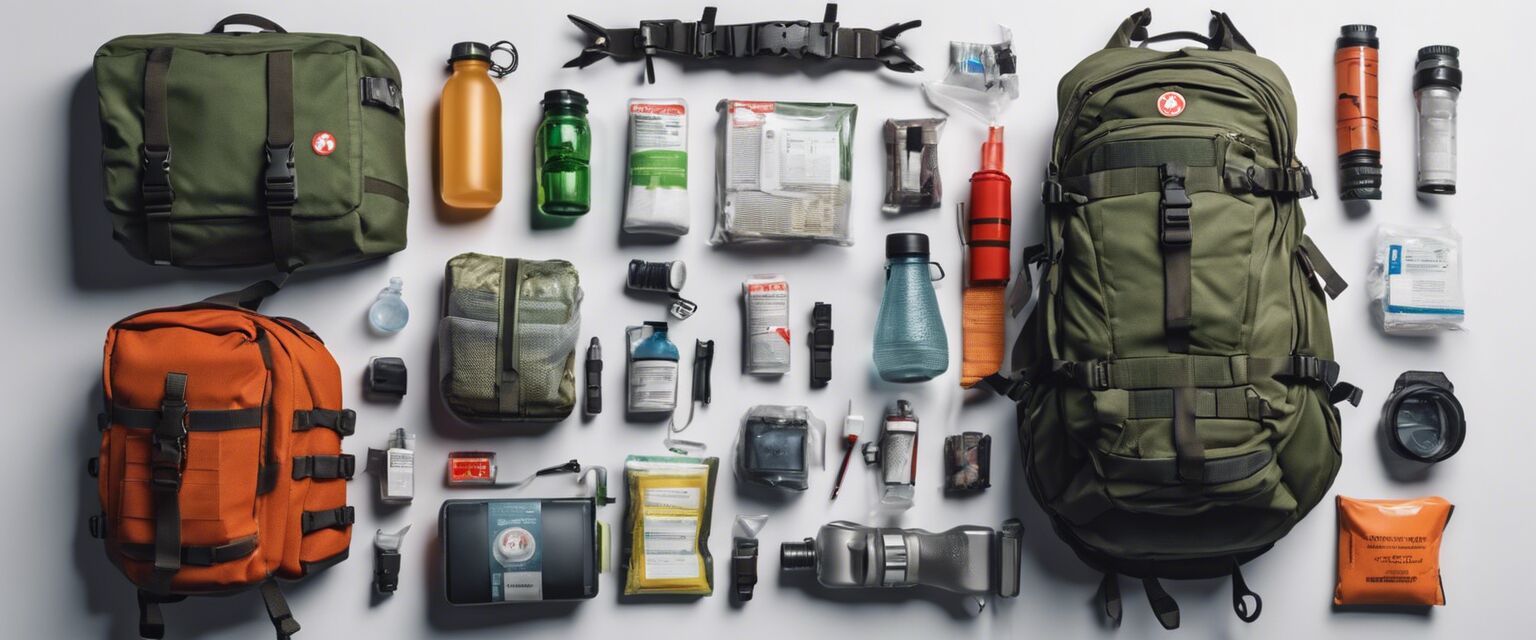
Bushcraft Techniques
Key Takeaways
- Bushcraft combines survival skills and the use of natural materials.
- Essential tools include knives, fire starters, and multi-tools.
- Understanding nature's landscape is crucial for navigation.
- Practical bushcraft skills can enhance your outdoor experiences.
Bushcraft is the art of utilizing a variety of skills and techniques to thrive in the wilderness. This comprehensive guide will cover the essential skills and tools required for effective bushcraft, allowing you to live harmoniously in nature, whether you're a beginner or have some level of experience. Let's dive into the world of bushcraft and explore how you can better prepare for your outdoor adventures.
What is Bushcraft?
Bushcraft refers to the skills that enable people to survive in the wild with minimal equipment. This method emphasizes using local materials and traditional techniques. Whether you're in a survival situation or simply enjoying a camping trip, bushcraft skills will enhance your outdoor experience.
Core Bushcraft Skills
- Fire-making techniques
- Water purification
- Food procurement
- Shelter-building
- Navigation skills
Essential Tools for Bushcraft
Having the right tools can make a significant difference in your bushcraft experience. Here are some of the essential tools you should consider:
| Tool | Purpose |
|---|---|
| Knife | For cutting, carving, and preparing food. |
| Fire Starter | To ignite a fire quickly and efficiently. |
| Multi-Tool | A versatile tool that combines several functionalities. |
| Navigation Tools | For identifying direction and mapping your location. |
| First Aid Kit | To treat minor injuries that may occur during outdoor activities. |
Fire-Making Techniques
Fire is essential for warmth, cooking, and signaling for help. Understanding various fire-making techniques, including using natural tinder and different ignition tools, is crucial for bushcraft enthusiasts.

Water Purification
Access to clean water is vital in any survival situation. Here are common methods for purifying water in the wild:
- Boiling: Heat water to a rolling boil for at least one minute.
- Filtering: Use cloth or a filtration system to remove impurities.
- Solar Purification: Fill a clear container and expose it to sunlight for several hours.
Building Shelter
Constructing a shelter can protect you from the elements and enhance your survival chances. Here are three popular types of bushcraft shelters:
| Shelter Type | Description | Best For |
|---|---|---|
| Tarp Shelter | A quick and lightweight option using a tarp. | Short-term camping |
| Wattle and Daub | A structure using sticks and mud for insulation. | Longer stays |
| Debris Hut | A shelter made with natural materials for warmth. | Emergency situations |

Navigation Skills
Understanding your surroundings is crucial in bushcraft. Here are some navigation skills that are beneficial:
- Using a compass: Know how to read a compass and orient yourself.
- Map reading: Familiarize yourself with topographic maps.
- Navigating by the stars: Understand how to use celestial bodies for orientation.
Practical Tips for Bushcraft Beginners
- Practice your skills regularly in a safe environment.
- Start with small projects and gradually increase complexity.
- Invest in quality tools that cater to your bushcraft needs.
- Always plan your trips, including knowing your route and safety measures.
Conclusion
Bushcraft techniques offer a fulfilling way to engage with nature while building essential survival skills. By understanding the tools, skills, and techniques discussed above, you can enrich your outdoor experiences and become more adaptable in challenging environments. Whether you are a novice or an experienced individual, exploring bushcraft can lead to a deeper appreciation for the wilderness.
Pros
- Enhances self-reliance in outdoor situations.
- Connects you deeper with nature.
- Presents various learning opportunities.
- Improves your problem-solving skills.
Cons
- Requires practice and patience to master skills.
- Can be physically demanding.
- May require investments in tools.
- Learning curve can be steep for beginners.
Further Resources
If you're interested in exploring more about bushcraft, check out the following internal links:








